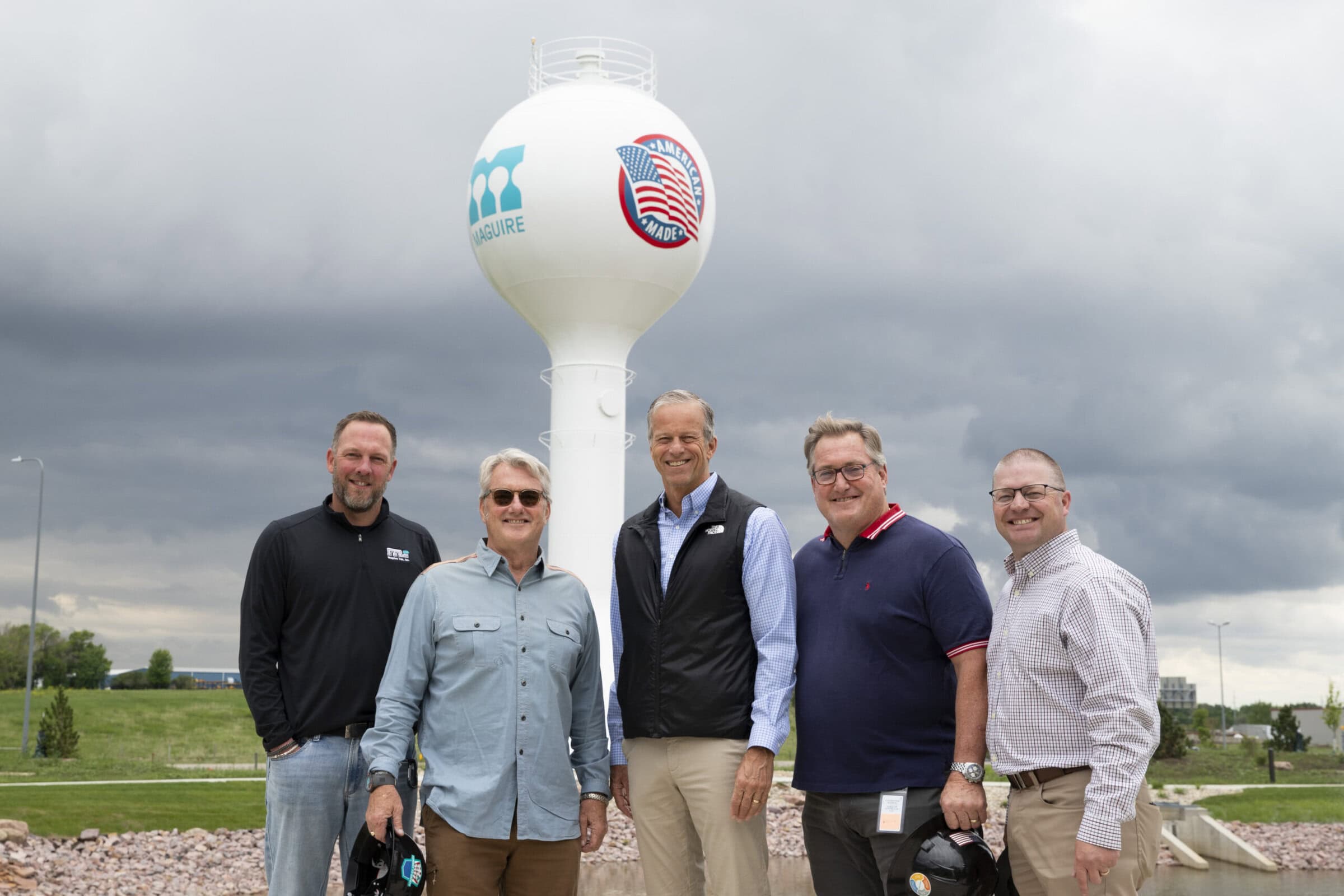Global events of the past several years are compelling us to view the world through a different lens. The disruption of the pandemic, geopolitical risk, and new industrial policies are driving a collapse of neoliberalism; widely described as the “extension of competitive markets into all areas of life, including the economy, politics, and society.” We are likely shifting to an economic policy framework called productivism. Dani Rodrik, president of the International Economic Association, describes the new paradigm as one that “emphasizes production and investment over finance, and revitalizing local communities over globalization.”
Seeing the World Through the Lens of Productivism
The productivism framework champions the reshoring trend as it emphasizes localization and investments that create economic opportunity. Reshoring provides local communities with well-paying jobs and a pathway to the middle class.
I especially like this quote from Rodrick’s “On Productivism”:
“It … focuses less on redistribution, social transfers, and macroeconomic management and more on creating economic opportunity by working on the supply side of the economy to create good, productive jobs for everyone.”
So, more focus on manufacturing.
By viewing the world through the productivism perspective, we depart from an approach rooted in finance, consumerism, and globalism and shift to one that prioritizes investment and economic opportunities throughout the economy, community, and workforce.
Productivism and U.S. National Defense
The U.S. National Defense Strategy (NDS) seems to support the new paradigm. It states that to build a modernized defense industrial ecosystem and create resilient U.S. supply chains, the Department of Defense will incentivize industry by investment in extra capacity, domestic production, and production accelerators and methods. To prepare the U.S. workforce, the DOD will continue to promote critical STEM skill sets; increase access to apprenticeships and internships; and reduce misperceptions about industrial careers, all while expanding recruitment of non-traditional communities.
Emerging Signs of the Paradigm
Emerging signs of the productivism paradigm include unprecedented levels of federal investment to strengthen the American economy. The Biden administration’s new industrial policies are designed to invest in critical supply chain ecosystems, revitalize and localize manufacturing, and facilitate a clean energy transition while accelerating job growth.
Surprisingly, a bipartisan consensus surrounding productivism seems to be emerging. Republicans concerned with the rise of China’s political, economic, and military power, together with Democrats, have passed enormous bipartisan industrial bills with historic investments to counter China, boost global competitiveness, and reshore essential supply chains.
For the past four decades, we have had persistent underinvestment in U.S. manufacturing. In stark contrast, manufacturing investment is now surging. New investments in U.S. manufacturing by domestic and foreign companies shifted into hyperdrive after President Joe Biden’s Inflation Reduction Act (IRA), Chips and Science Act, and the Bipartisan Infrastructure Bill were passed.
For example, $10-trillion asset management behemoth BlackRock recently announced the purchase of infrastructure investor Global Infrastructure Partners (GIP) for roughly $12 billion. This acquisition is part of the firm’s increased emphasis on infrastructure. BlackRock CEO Larry Fink said this about the deal: “The future in private markets will be infrastructure.”
The Tenets of the Reshoring Trend
A transformative change from globalization to reshoring and nearshoring is already well underway. As we shift to localization, reshoring is changing industry perspectives regarding sourcing and manufacturing locations. By localizing production and sourcing, reshoring is reducing geopolitical risk, encouraging investment in infrastructure and workforce development, strengthening the economy, and generating well-paying jobs in manufacturing and other industries through the multiplier effect.
Much of the strength of the reshoring trend has been due to more companies becoming familiar with a broad range of factors (costs and risks) they had previously ignored as well as rising concern over U.S. dependency on China. The savings on logistics costs and risks as a result of producing in the market in which the products will be sold can often overcome a 15%-20% manufacturing cost gap caused by a 70% wage gap.
Using the Total Cost of Ownership Estimator for siting and sourcing decisions is the best way to recognize these savings. The Impact of Using TCO estimator shows that shifting decisions from a price basis to TCO can be expected to drive reshoring of 20% to 30% of what is now imported.
A Blueprint for Success
The lack of focus on manufacturing over the past 40 years made the United States so dependent on globalization and imports that it needed hundreds of billions of dollars in government incentives to accelerate the recovery. It is imperative that the country levels the manufacturing-cost playing field to continue the momentum. The manufacturing industrial base will then return the United States to a safer and more self-sufficient state.The Reshoring Initiative is available to help government policymakers establish a more effective, lower-cost industrial policy to bring millions more jobs back.
Are You Thinking About Reshoring?
Presently, shifting forces are creating more incentives and opportunities for companies to produce at home. We expect 2024 to remain strong, continuing at approximately 300,000 job announcements per year. The Reshoring Initiative advocates to make even more work reshorable by policies like massive increases in skilled workforce recruitment and training and a lower U.S. dollar. Are you thinking about reshoring? For help, contact me at 847-867-1144 or email me at harry.moser@reshorenow.org.
This article was originally published by AMT – The Association For Manufacturing Technology and was republished with permission from The Reshoring Initiative.






